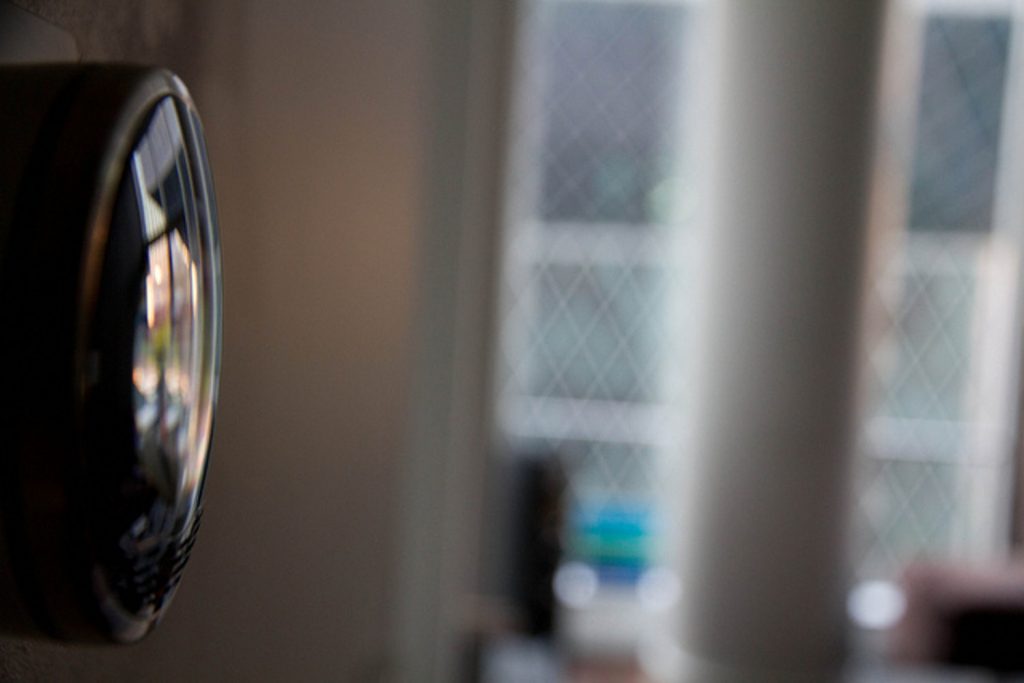By Melina Gillies, Vivint
If you consider your thermostat to be something that gets turned up when you’re cold and down when you’re warm, you may wonder why you need a smart thermostat in your home. The answer, it seems, may just come down to dollars and cents. According to Energy Star, a programmable thermostat can save about $180 each year in energy costs. That’s an amount that adds up, even when considering the cost of a smart model.
The following are three important questions to ask to help determine whether a smart thermostat is right for you:

- What is it, and why do I need it?
OK, those are technically two questions, but they’re closely related. First, it’s vital to understand how a smart thermostat differs from other types of thermostats. Manual thermostats are set by hand and are manually adjusted each time you want the temperature to change. The programmable variety can be set and automatically adjusts itself based on a predetermined schedule. On the other hand, a smart unit actually learns from your behavior and self-adjusts based on the conditions of your home, which maximizes savings and comfort.
In addition to the savings, the main benefit of a smart system is that it’s remotely controlled, providing an extra level of control when you’re away from home. For example, you can remotely raise your thermostat when coming home from a winter vacation so that your home is comfortable by the time you arrive. Smart thermostats also provide usage data, which helps manage your consumption for optimum savings.
- Do I need more than one?
This is a common question, and the short answer is “maybe.” Generally, one thermostat will do the job if it’s placed in an appropriate location, such as an interior wall or in a room that gets a lot of use and is away from direct sunlight. However, more than one thermostat may be required if you have a zoned heating and cooling system or an extremely large house with more than one furnace.
The more appropriate consideration is whether a smart unit would be appropriate for a second home or the home of an elderly relative. Because a smart thermostat can be viewed and controlled remotely by a registered user, it can be helpful to monitor the status of family members or vacation properties that are primarily empty.

- What are the benefits of linking to home automation products?
The purpose of home automation is to enable your home to work with you, providing intuitive control over your environment so you can do less maintenance and more living. One benefit of a smart thermostat is to link it up to a smart home security system. By combining systems, you achieve a powerhouse of home control and only need to access it through one app or control center.
What Steps Can You Take To Reduce Your Electricity Bills?
Energy management isn’t just about turning the heat or AC up and down. It’s a total package–a total smart home package. There are a number of smart home devices and settings that can contribute to your total energy savings. And those savings compound when you integrate the functions of these devices together.
Download this checklist to see if your home is a strong candidate for a FREE professional energy management evaluation.
Get the checklist!The post 3 Questions to Ask When Buying a Smart Thermostat appeared first on Electronic House.
from
https://www.electronichouse.com/home-energy-management/3-questions-ask-buying-smart-thermostat/
No comments:
Post a Comment